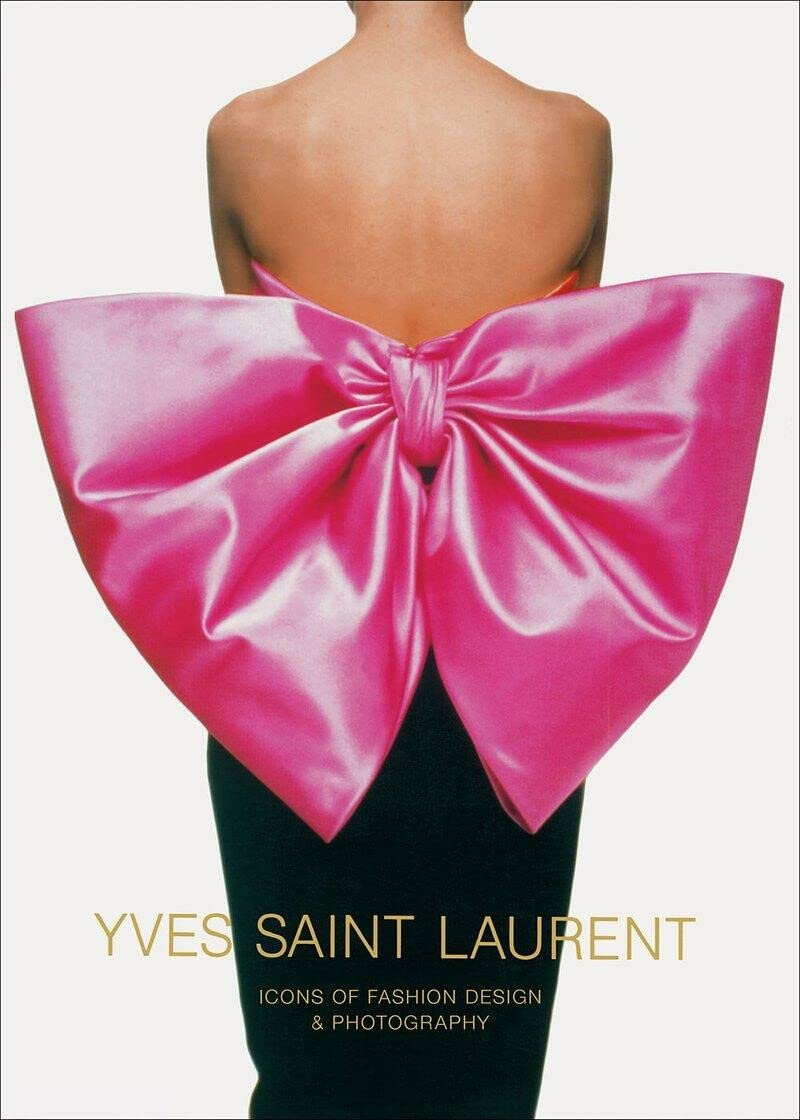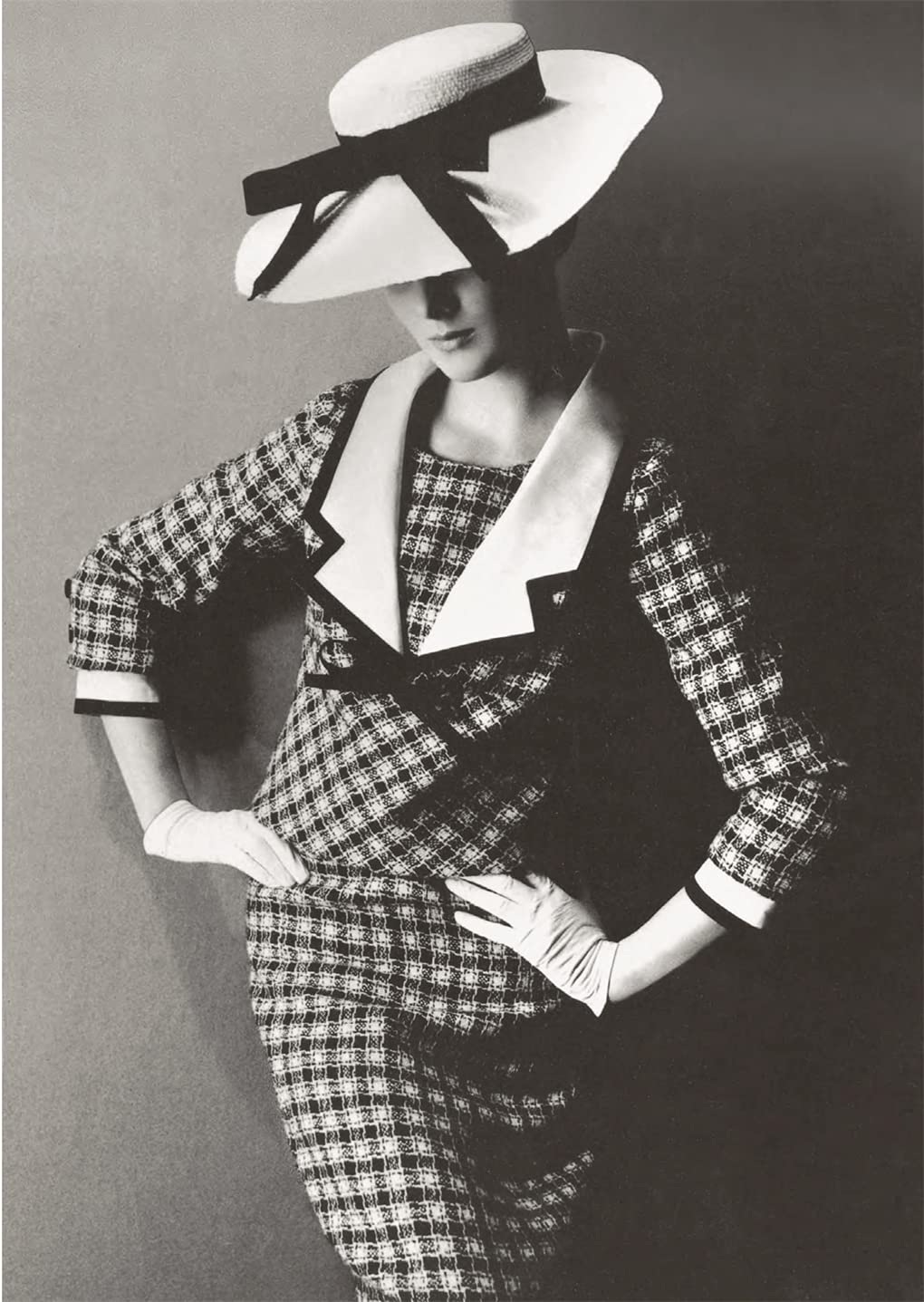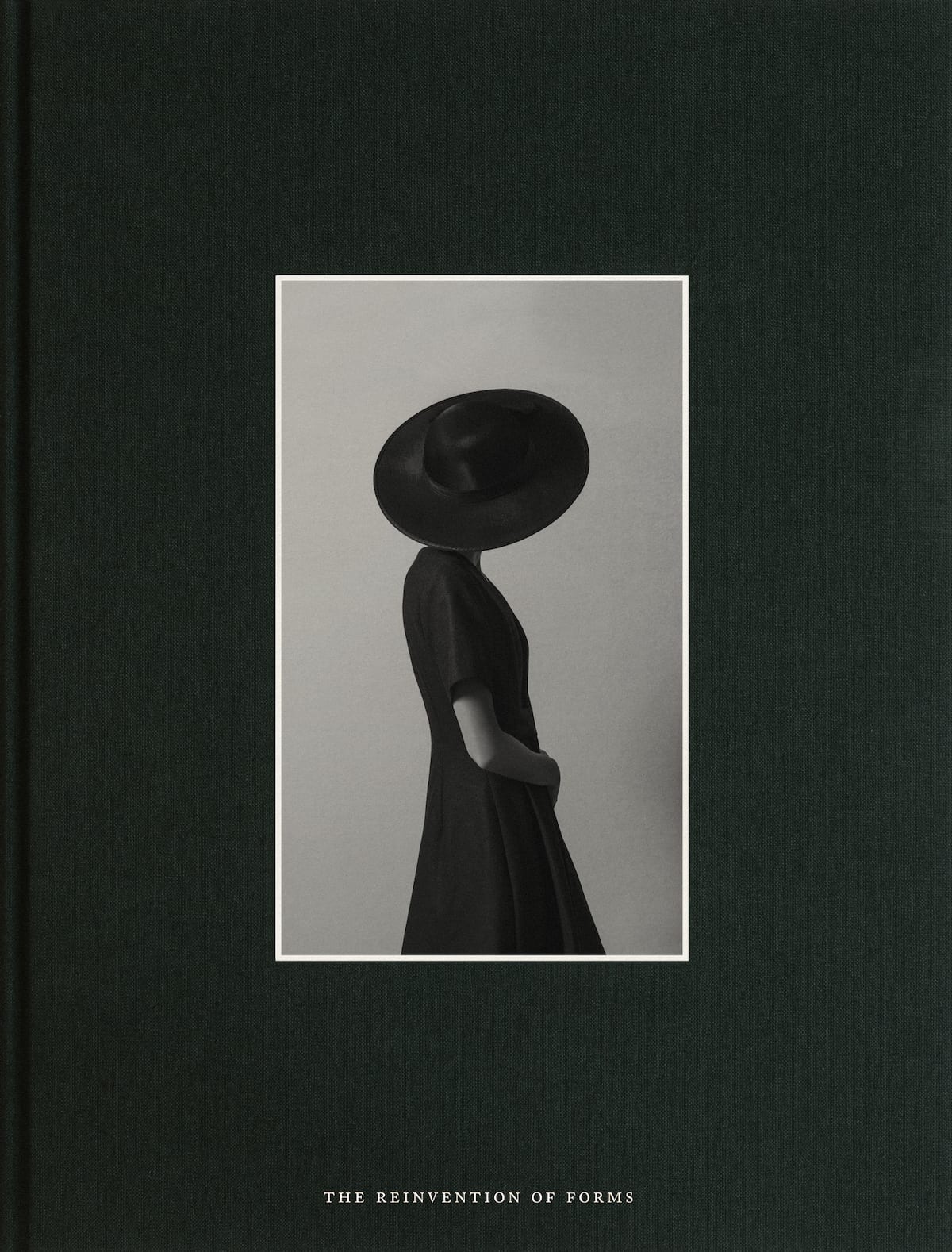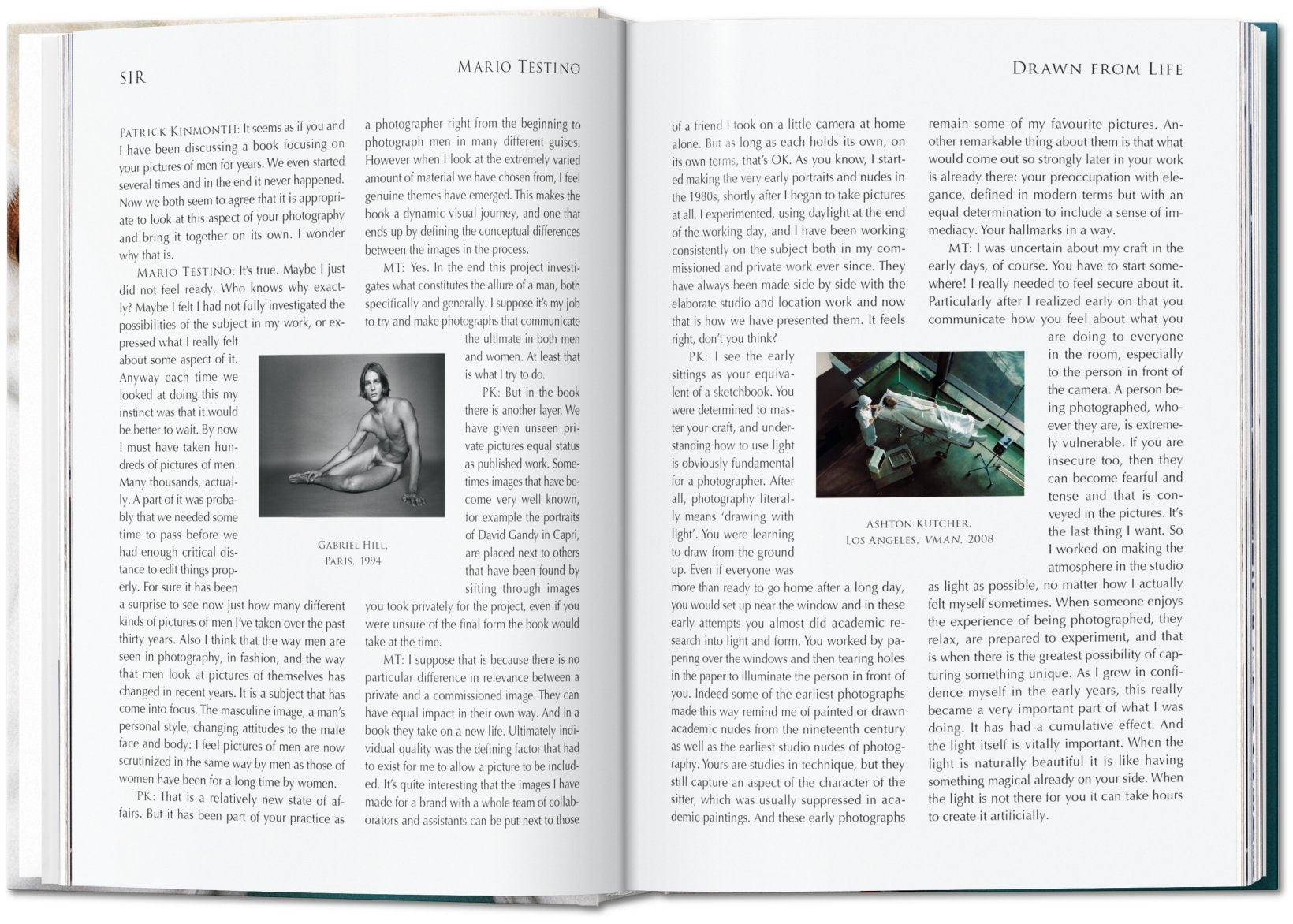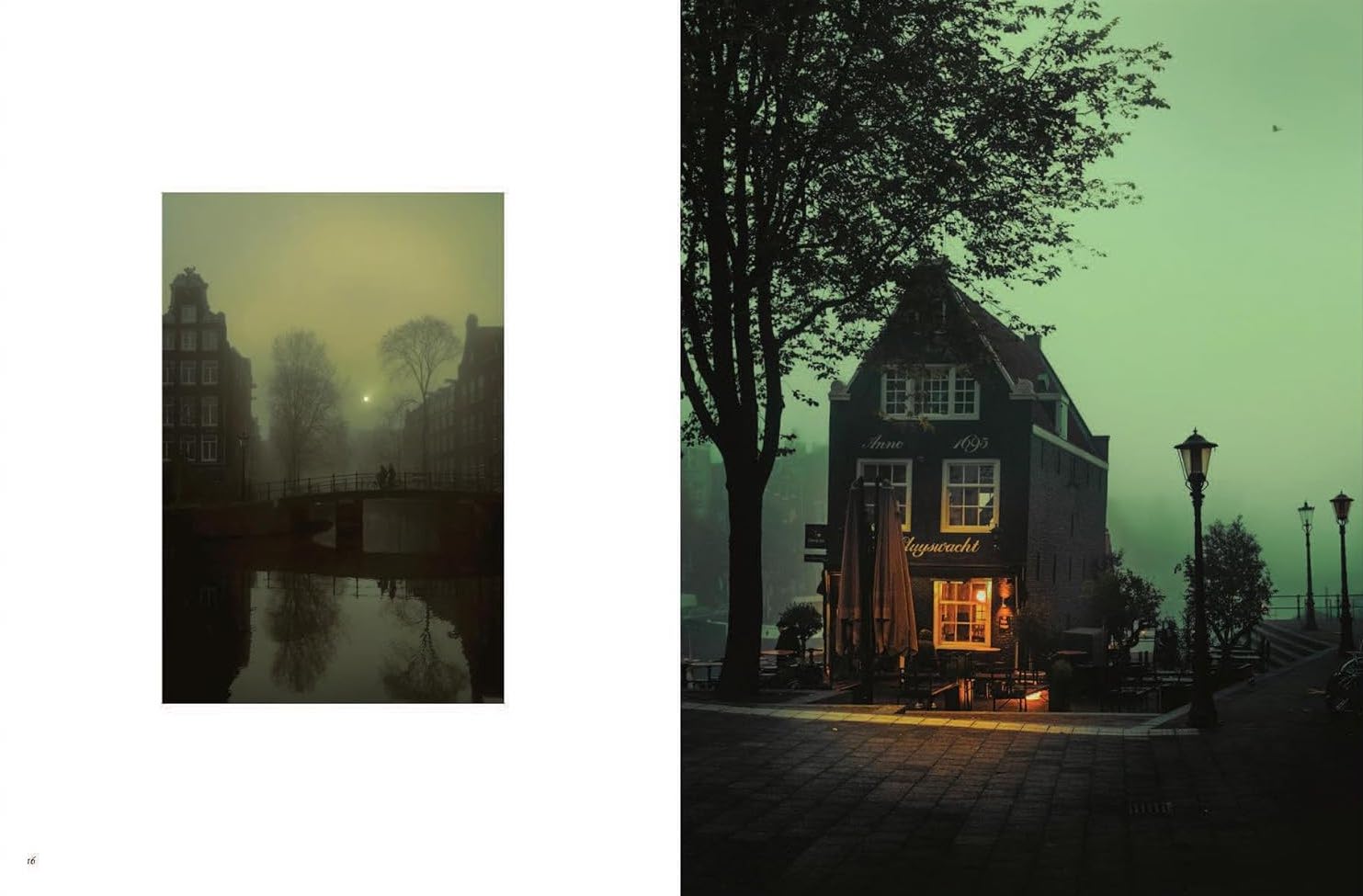Photography
Filters
Filters
266 products
Sofia Coppola Archive 1999-2023
Sale price669,00 kr
Yves Saint Laurent - Icons of Fashion & Photography
Sale price319,00 kr
In My Dream Last Night...
Sale price399,00 kr
Kate
Sale price699,00 kr
The Reinvention of Forms - Grey
Sale price599,00 kr
The Art of Kinfolk
Sale price699,00 kr
A European Summer
Sale price1.169,00 kr
Le Livre de Val d'Isère
Sale price919,00 kr
Wolfgang Tillmans - The Complete Works 40 series
Sale price124,50 kr
Regular price249,00 kr
Exteriors: Annie Ernaux and Photography
Sale price359,00 kr
Helmut Newton - SUMO
Sale price1.219,00 kr
Mario Testino. SIR - 40th Edt.
Sale price124,50 kr
Regular price249,00 kr
Slim Aarons: La Dolce Vita
Sale price759,00 kr
Storytelling - David Yarrow
Sale price474,50 kr
Regular price949,00 kr
DogDogs
Sale price229,00 kr
Annie Leibovitz: At Work
Sale price569,00 kr
Untold Stories - Peter Lindbergh
Sale price74,50 kr
Regular price149,00 kr
Jonathan Becker
Sale price449,50 kr
Regular price899,00 kr
A New Light on Amsterdam
Sale price499,00 kr
Willy Vanderperre. Prints. films. a rave and more...
Sale price234,50 kr
Regular price469,00 kr
Atlas of the World - 11th edition
Sale price1.999,00 kr
Black Sun - English
Sale price519,00 kr
DanishSave 50%
Black Sun - Danish
Sale price259,50 kr
Regular price519,00 kr




